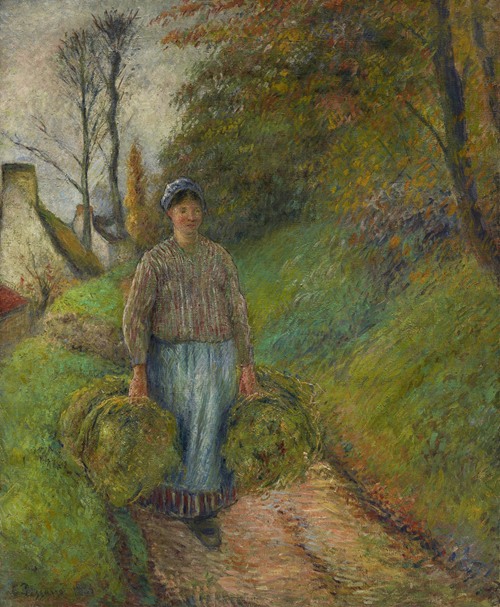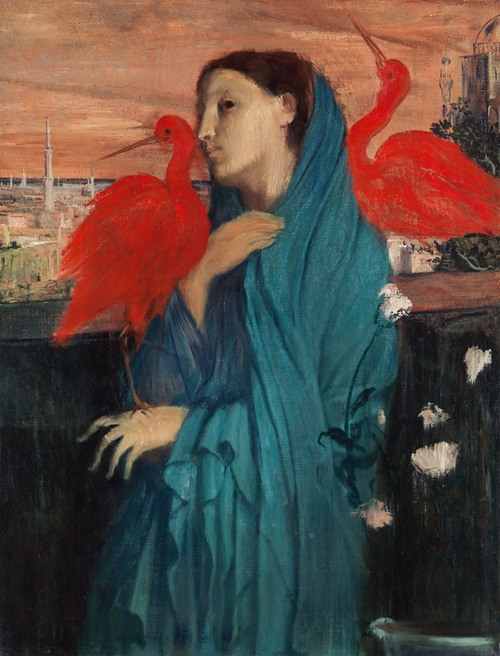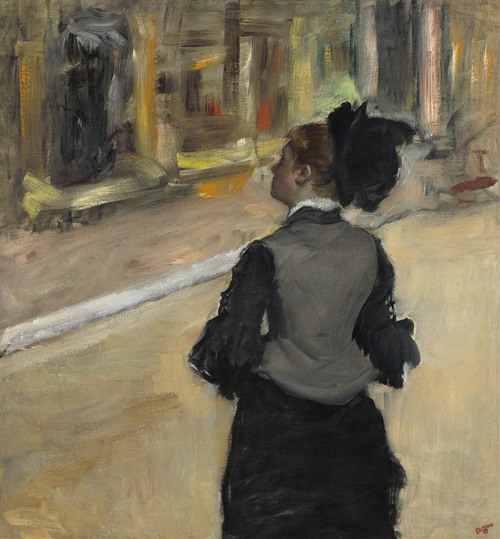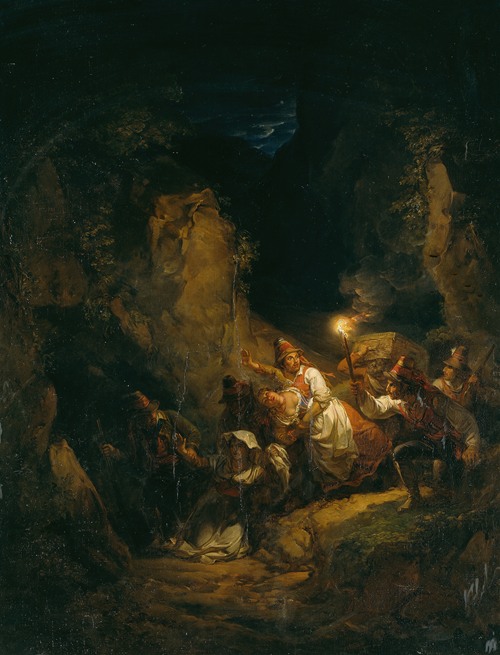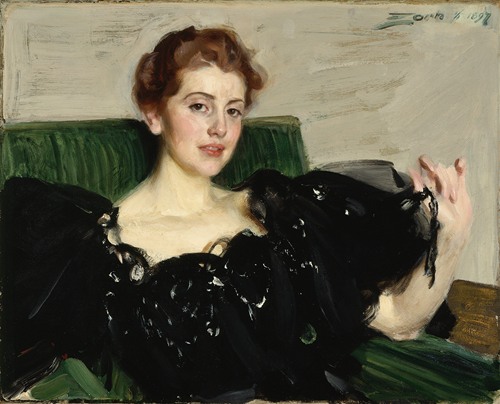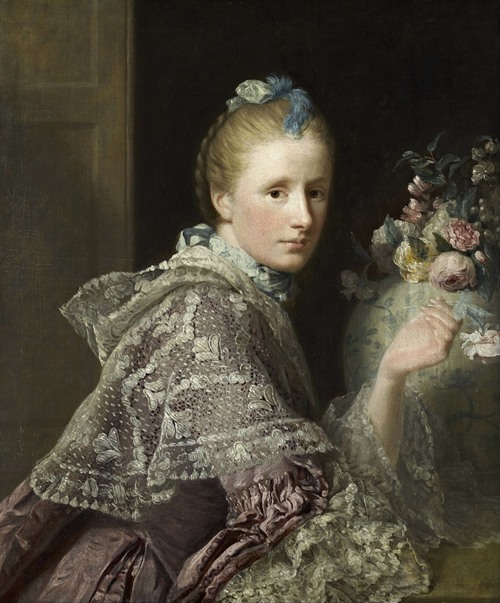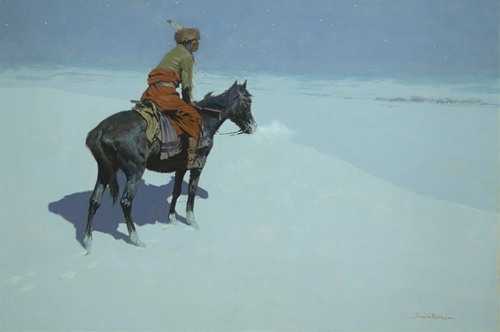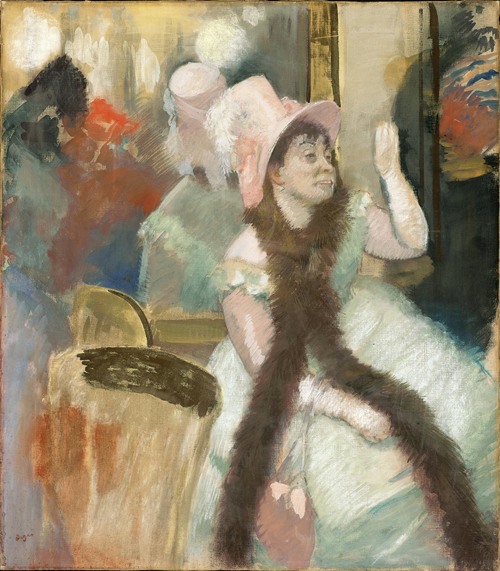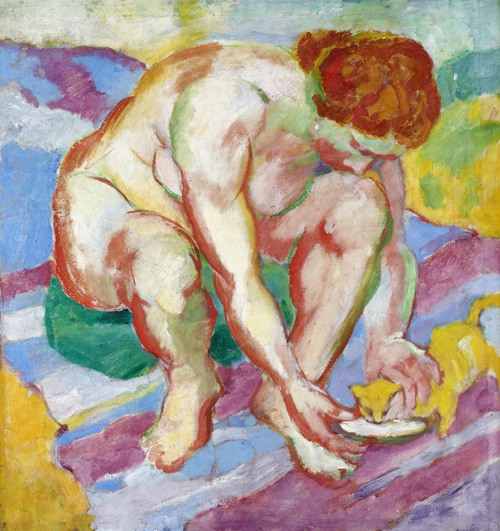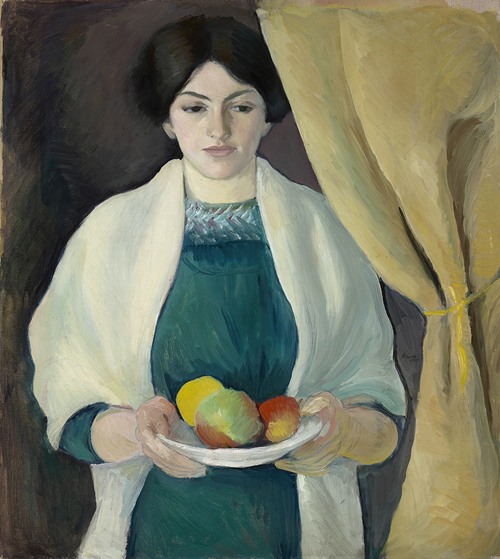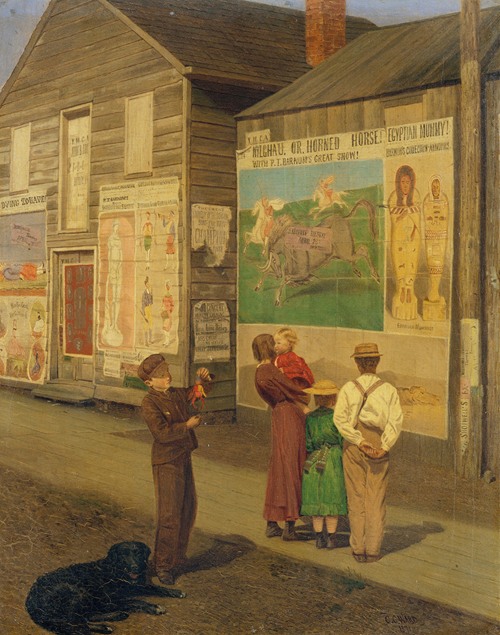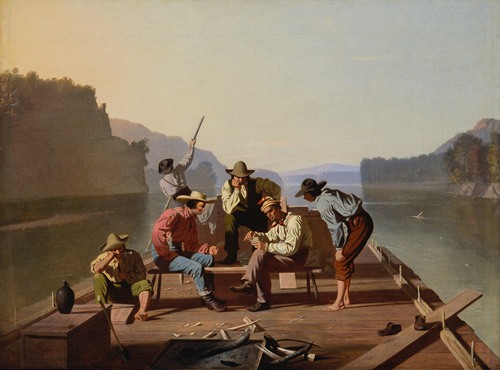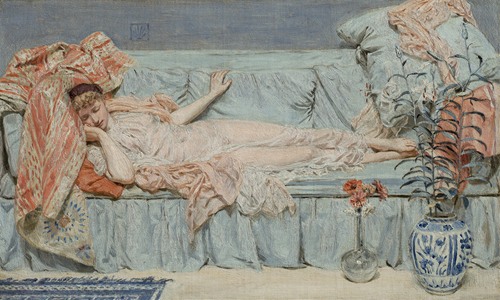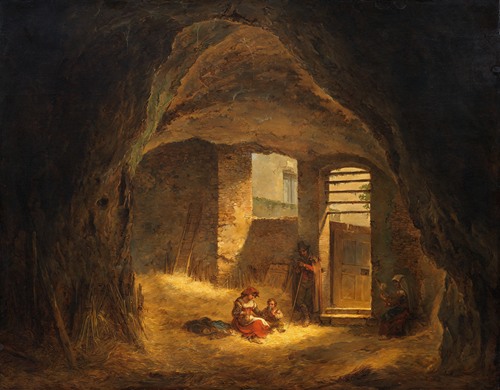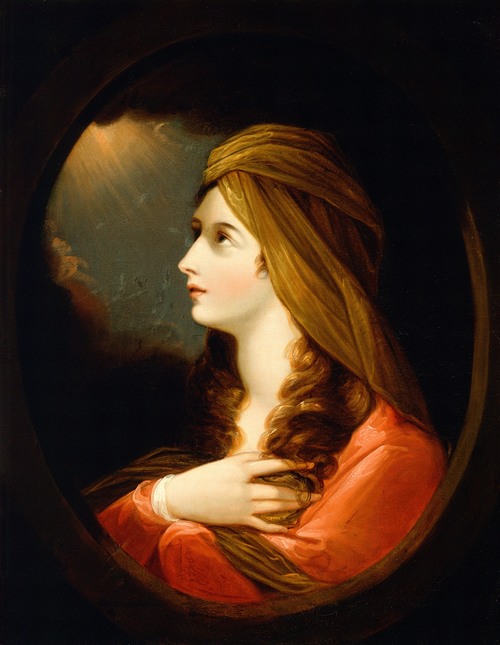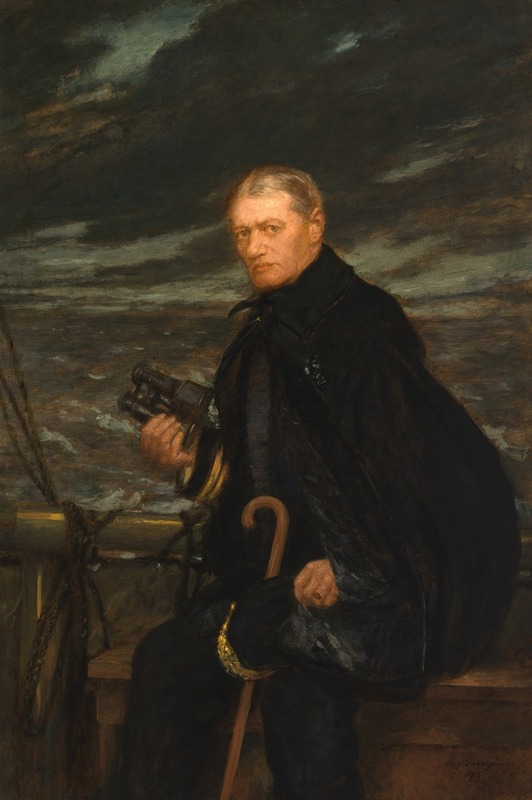
Encouraged by his parents, August Franzén began his artistic study at age twelve as an apprentice to Anders Oscar Gottman, a portrait and genre painter in the Baltic city of Norrköping. He remained under Gottman's tutelage for three years, while also attending evening classes at a drawing school. He then went to Stockholm, where he worked in the studio of the popular genre painter Carl Larsen, whom he later credited, along with his Parisian masters as an especially influential teacher. While in the Swedish capital he also received instruction from Carl Julius Olsen and studied Old Master paintings in the national museum.
Franzén moved to Paris in 1881. There he entered the Académie Julian and worked under William-Adolphe Bouguereau and Tony Robert-Fleury. He also attended P. A. J. Dagnan-Bouveret's evening drawing class. An older brother had emigrated to the United States, and the artist began making extended visits there. On the first, in 1882, he traveled across the continent; on the second visit, which lasted from about 1883 to 1885, he worked on a panorama of the Battle of Gettysburg that was being painted near Chicago and attended Charles A. Corwin's evening classes at the School of the Art Institute of Chicago. After a brief stay in Sweden, Franzén returned to Paris early in 1886 and studied at the Académie Colarossi. Over the next several summers he traveled in Europe, particularly spending time painting landscapes at the artists' colony in Grez-sur-Loing, France.
Franzén moved permanently to the United States in 1890, taking a studio with the portraitist Carl Blenner and Stanford White in New York's Holbein Building. His 1891 exhibition of brilliantly sunlit Impressionist landscapes, painted in Grez, achieved success. Among his first customers were Charles Dana Gibson, George Hearn, and J. Alden Weir. He became a member of the Society of American Artists in 1892 and the same year exhibited in an Academy annual for the first time. Franzén continued showing landscapes in these exhibitions through the end of century. However, in 1893 he began turning to portraiture, and formal society portraits quickly became his specialty. He received the Isaac N. Maynard Prize for portraiture in the Academy's annual exhibition of 1924.
With Colin C. Cooper and Elliot Daingerfield, Franzén founded the cooperative Gainsborough Studios, in a building completed in 1908. Two years earlier he had built a home in Bar Harbor, Maine, where he summered through 1920. Although he spent extended periods abroad, he kept his residence and studio in the Gainsborough Building for the rest of his life.
